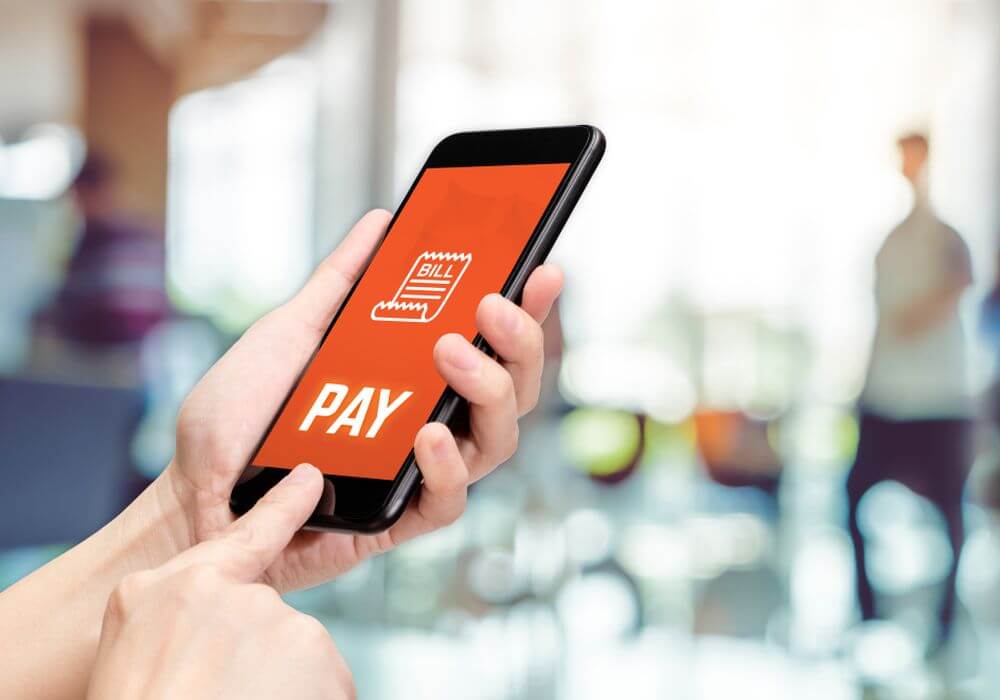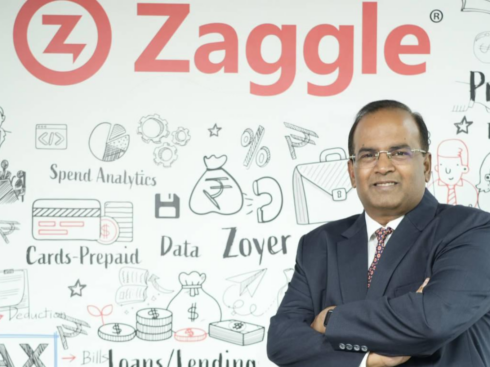
SUMMARY
UPI Is One Among The New Trends That Has Significantly Affected The Financial Scene In The Country
Since the beginning of mankind, exchange has been the engine that has driven the human race into progress. In the earlier days, a simple barter system was used to trade food, clothing and weapons.
As civilization progressed, so did the payment system. From cowry shells to gold and then to currency. The use of computers lead to the advent of digital transactions and digital payments.
The Current Payment Structure
The payment infrastructure in India was revolutionized in a rather short span of time. All thanks to the Indian Government that took initiatives and pushed the system into the future by making it innovative, advanced and financially inclusive.
Baby steps in this direction were taken when the Electronic Clearing Service (ECS) was established to make periodic or bulk payments like salary payments, distribution of dividends, water and electricity bills, and more.
ECS was clearly not enough for a country as large as India. In addition to Visa and MasterCard, new payment rails were established by the National Payments Corporation of India (NPCI), such as NFS, NEFT, RTGS, RuPay and more.
Trends That Initiated Change
The new payment systems lacked inclusiveness and weren’t as comprehensive. As NCPI wondered how to tackle this situation, some new trends in the field emerged that affected the financial scene in the country.
The Aadhaar Card
This ambitious and a mammoth initiative created a secure, permanent and unique digital identity for each and every Indian, based on biometric and demographic data.
The Mobile Phone Revolution
Cell phone usage increased to a billion smartphone and further enhanced app and feature subscribers. Even a small vegetable vendor with a handcart was able to access a mobile phone with internet. With mobile phones being given on the basis of Aadhaar Cards, it became easy for the masses to get one for themselves.
The Jan-Dhan Program
The Prime Minister started the program in 2014 to enable the masses to have access to financial services such as savings, deposits, credit, insurance, pension and more, in an organized manner. Over 15 Million bank accounts were opened under this scheme.
Reasons for a Payments Revolution
The mobile revolution along with easy access to internet across the country drove mobile businesses such as e-commerce. Naturally a need for digital payments was felt. Around this time, the postal service of the country was digitized to provide banking services. For the first time ever, the remotest corners of the country were being reached.
In November 2016, the demonetization process forced the citizens of the country to take up digital payments seriously. Mobile wallets from different service providers captured the imagination of the people.
The United Payments Interface (UPI) Platform
Different payment systems started mushrooming across the market, however, they were not seamlessly connecting with each other. Hence United Payments Interface or UPI as it is popularly called was born.
A platform that spoke a common language and was compatible with every payment system. A transfer of value was possible between a sender a receiver. This service was not restricted only to individuals, but also to merchants and government organizations.
How is UPI Taking Financial Technology to The Masses?
UPI enables two entities to perform a payment transaction, irrespective of user interfaces, bringing about a seamless authentication and authorization. By reaching out and helping billions of people in the country, UPI is bringing about a financial transformation and revolution that is making the country go cashless and truly digital. India is moving into the future with a paperless world and with reducing the chances of money laundering and tax evasions.
Several Indian Fintech companies are beginning to use UPI at the backend. For example, companies like PhonePe, allows all digital transactions and payments such as UPI, recharges, money transfers, online bill payments and much more. With the infrastructure in place, it is only a matter of time until we see more Fintechs employing UPI to provide their services.


























